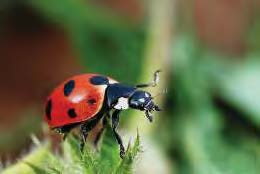
The Risky Business Of Pesticides
By : Johnathan Lundgren There Are Consequences Of Pesticides That Stand Beyond Fence Lines It is easy for a farmer to justify applying a…
Read More
By : Johnathan Lundgren There Are Consequences Of Pesticides That Stand Beyond Fence Lines It is easy for a farmer to justify applying a…
Read More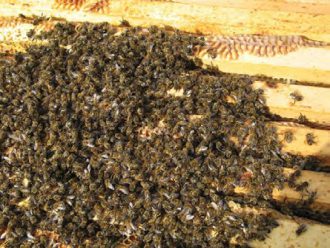
By : Ross Conrad It’s March in the Northeast and for beekeepers that all too often means finding dead colonies in the beeyard. Winter losses…
Read More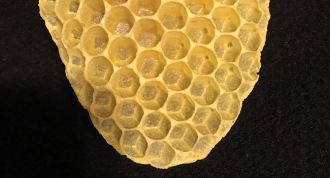
By: Peter Borst How Do They Do This So Well? Historical Notes Since ancient times, people have marveled at the society and the architecture…
Read More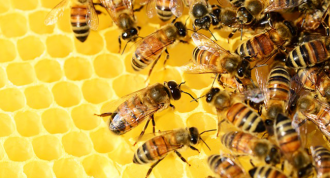
By: Mark Winston Bees teach us that leaders best serve society when they promote core ideals that unite rather than divide. These are tough times…
Read More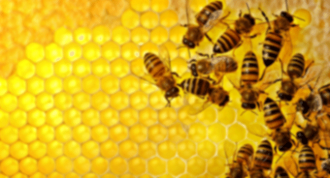
By: James Tew 10 Good Ways To Have a BAD Bee Meeting Memorable meetings – Good and Bad At one time, we have all been…
Read More
QUALITY, QUANTITY AND DIVERSITY ARE ALL IMPORTANT The observed increase in foraging distances with decreasing landscape diversity suggests that honey bees compensated for lower…
Read More
Replacement Queens, A True Cinderella Story Honey bee colonies and beekeepers alike can’t afford to take queen rearing lightly. During supercedure events, swarm preparation,…
Read More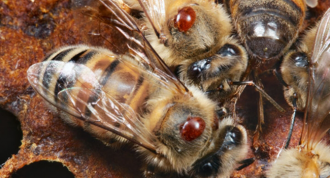
The iGEM “Tec-Chihuahua” Team Honey. Floral and sweet honey. Fresh as fruits or aged as wine. Just like bees, beekeepers want to give the…
Read More
By Ross Conrad Safe For Bees And Beekeepers? As a beekeeper I used to make the mistake of blaming farmers and chemical researchers for…
Read More
By Ann Harman Words surround us in various ways all during our waking hours. Our brains get bombarded every day by words. Radio, television,…
Read More
By Vaughn Bryant The Science Of Using Pollen To Study Honey. INTRODUCTION Melissopalynology is the study of pollen in honey. The term comes from…
Read More
By Jonathan Lundgren Conventional wisdom in commodity based agriculture has done more harm than good. Many are looking for a component solution to bee…
Read More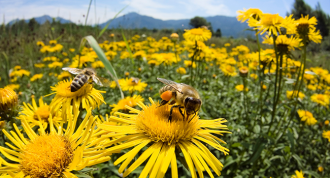
By Greta Burroughs Watching, Listening & Learning – Citizen Science Comes To The Honey Bee. It is getting more and more complicated to be…
Read More
By Clarence Collison MUSHROOM BODIES IN THE BEE BRAIN Mushroom bodies (MB) are brain centers required for specific learning tasks. Mushroom bodies or corpora…
Read More
By Joseph Cazier, Walter Haefeker & Edgar Hassler In Search Of The Genius Hive Last month, in the October issue of Bee Culture, our…
Read More
By Jay Evans Snowbirds, Snow, and Supplements Shed Light On Overwintering Success It is too late for most of us to plan…
Read More
By Ross Conrad Lyme Disease Lurks Out There Despite all its pleasures, beekeeping also presents many potential risks and hazards. Besides being stung, beekeepers…
Read More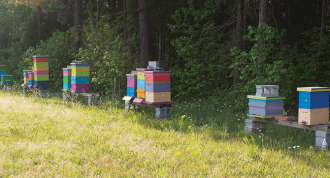
By Jessica Lougue Tier II Tunnel Study Basic Design I’ve written some in the past about the general ins and outs of this type…
Read More
By Jay Evans Love In The Time Of Chasmogasmy: How And When Do Bees Improve Soybean Fields? As I wrote two months ago, the…
Read More
By Clarence Collison HONEY BEES AND MAGNETIC FIELDS Is there a pull? Over the years scientists have been interested in determining the effect of…
Read More